We may earn money or products from the companies mentioned in this post. This means if you click on the link and purchase the item, I will receive a small commission at no extra cost to you … you’re just helping re-supply our family’s travel fund.
Beneath American cities, tunnels hum with the echoes of streetcars, commuters, and builders who carved paths through rock and clay. These underground transit tours expose the systems that shaped skylines and neighborhoods, offering glimpses of engineering ambition and forgotten history. Each route carries stories of labor, invention, and survival. The air is cooler, the sound sharper, and every corridor feels like a quiet museum of movement and purpose.
New York City
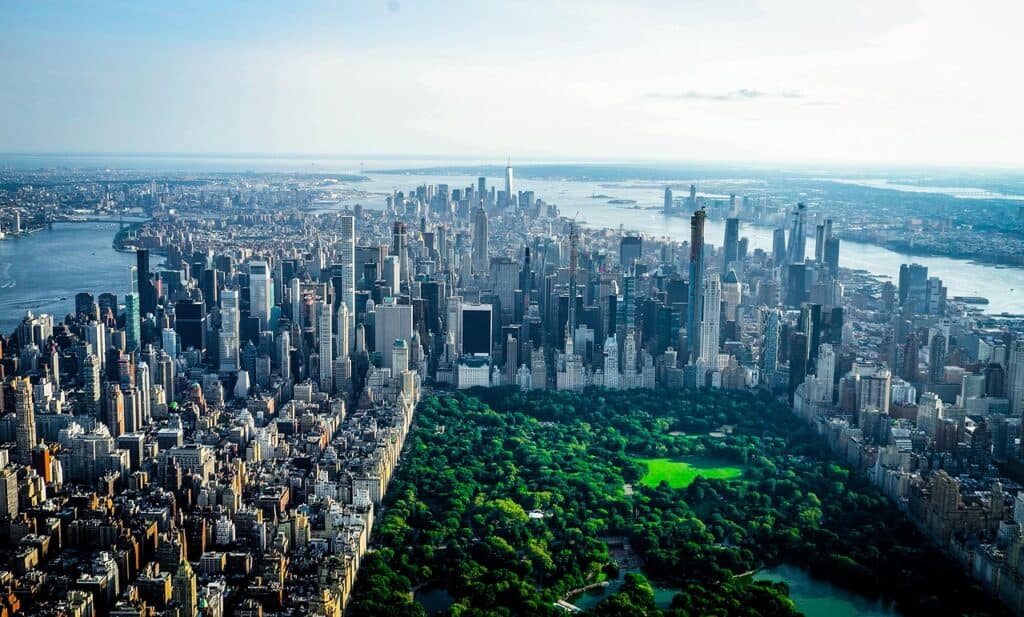
New York’s underground tells a century of ambition and grit. The Transit Museum opens decommissioned stations like Old City Hall, where curved glass tiles still catch stray light from passing trains. Guided tours trace how early subway construction pushed boundaries in design and labor, linking boroughs that had once been isolated. The scale feels human when seen up close—tools, signage, and brass rails still whisper how the city learned to move millions below ground.
Boston
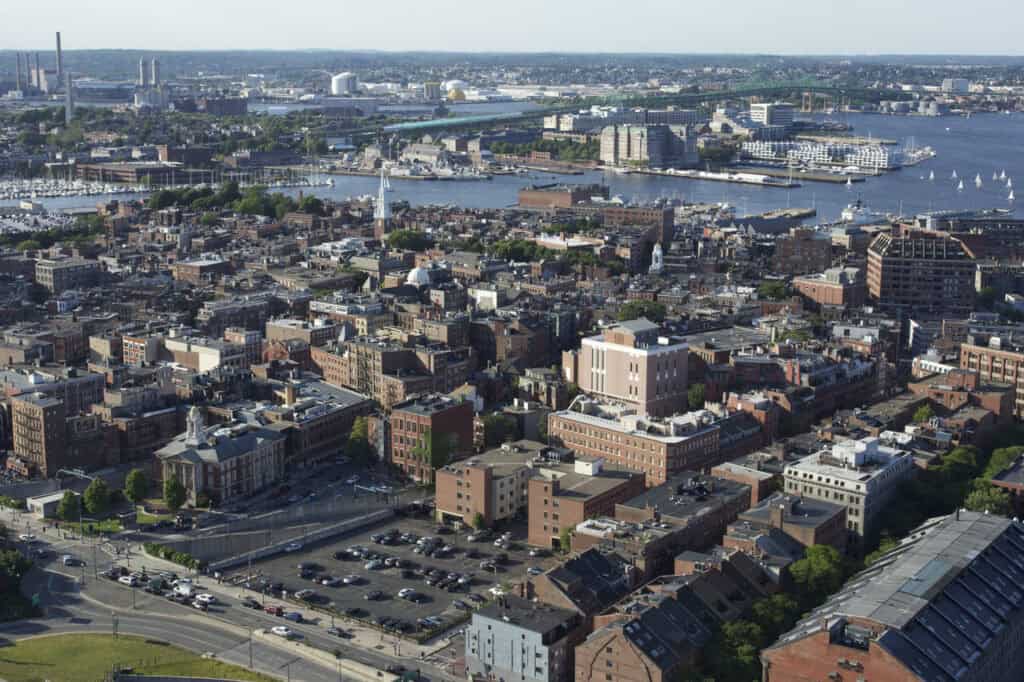
Boston’s subway story began before most of the world knew the word “metro.” The MBTA’s Green Line hides under cobblestones where horse-drawn carriages once rolled. Heritage tours ride restored cars, visit depots, and step into sections of the first electric tunnels in America. Guides connect the dots between cramped colonial streets and the clever cut-and-cover methods that kept the city breathing while it learned to dig. It’s urban archaeology with working tracks still alive beneath.
Chicago
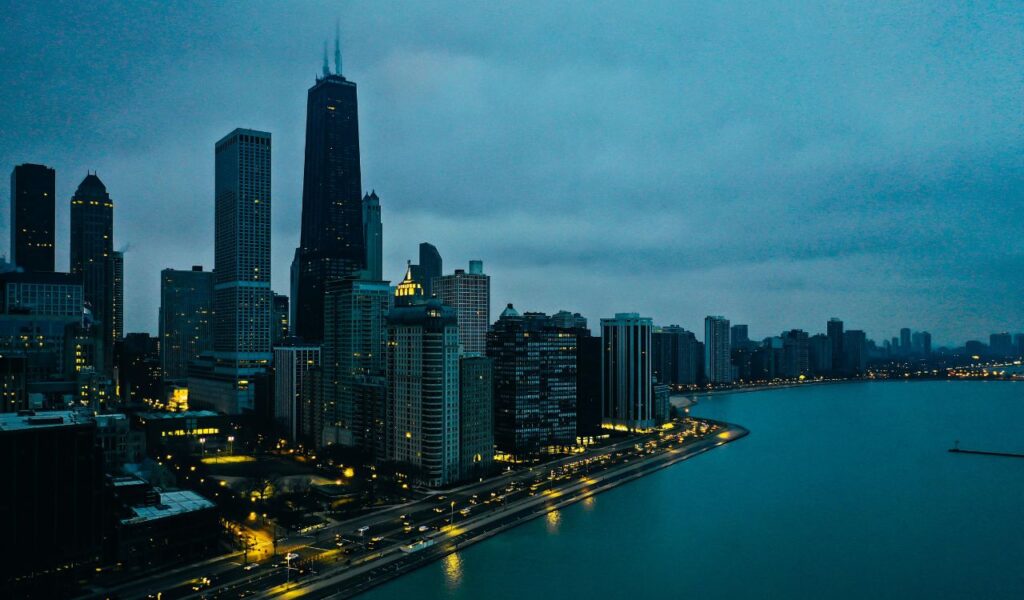
The Chicago Pedway is less a tunnel system and more an alternate city stitched together by hallways, plazas, and commuter shortcuts. On guided walks, the mood shifts from fluorescent-lit offices to quiet marble corridors and murals from the 1970s. Some tours layer in rail history, tracing how the Loop’s elevated trains and underground connectors evolved together. It’s both practical and poetic—a reminder that survival in Chicago winters sometimes meant building an entire world indoors.
Philadelphia
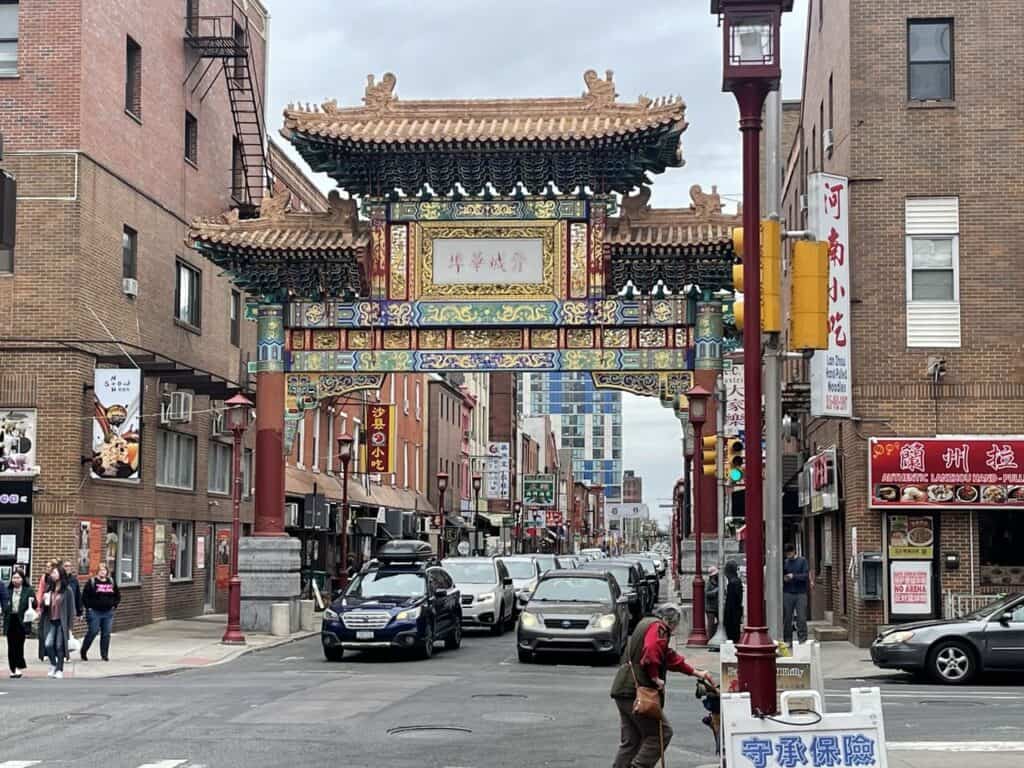
Philadelphia’s underground stretches far beyond the visible platforms. SEPTA’s trolleys glide through forgotten corridors and tight turns that predate most of its surface routes. Tours visit tiled waiting areas, unused stairways, and vaults converted into storage. Each stop reveals how public transit followed the city’s changing needs—from industrial might to modern revival. The mix of art deco tilework, worn signage, and the rumble of nearby trains turns the past into something tangible and alive.
Washington, D.C.
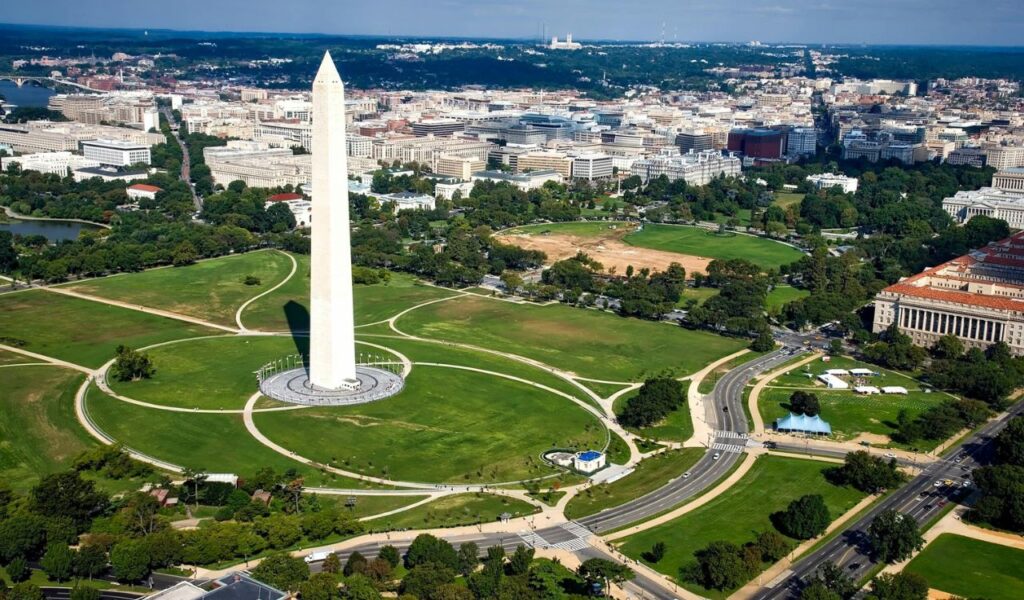
The Metro feels almost cinematic with its concrete vaults and rhythmic patterns of light and shadow. Guided programs occasionally open restricted maintenance areas and control rooms, giving rare views into how trains run so precisely beneath the capital’s ceremonial core. Docents explain design choices that balanced beauty, safety, and Cold War practicality. It’s easy to forget these quiet tunnels sit just below the monuments that define national identity, each train echoing through history and power.
San Francisco
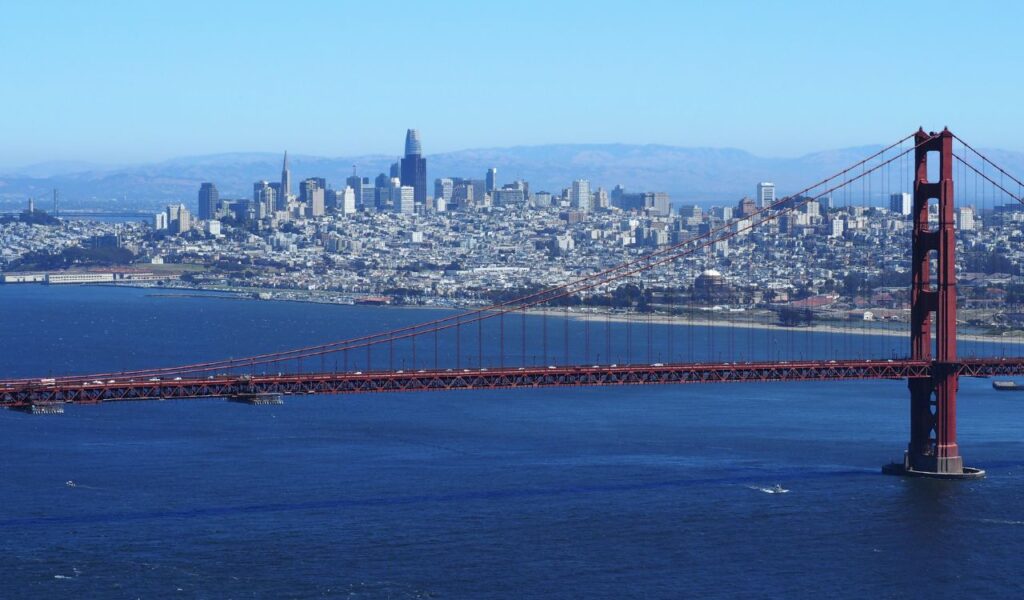
San Francisco’s underground is a patchwork of eras. BART tunnels slice beneath the bay while Muni subways twist under Market Street. Public tours dive into the details—how engineers planned for earthquakes, how old cable car infrastructure still hides beneath new lines. Riders get to see behind the scenes of maintenance yards and art installations that brighten gray concrete. Every stop proves how innovation and stubborn optimism keep this city stitched together from ground to sky.
Los Angeles
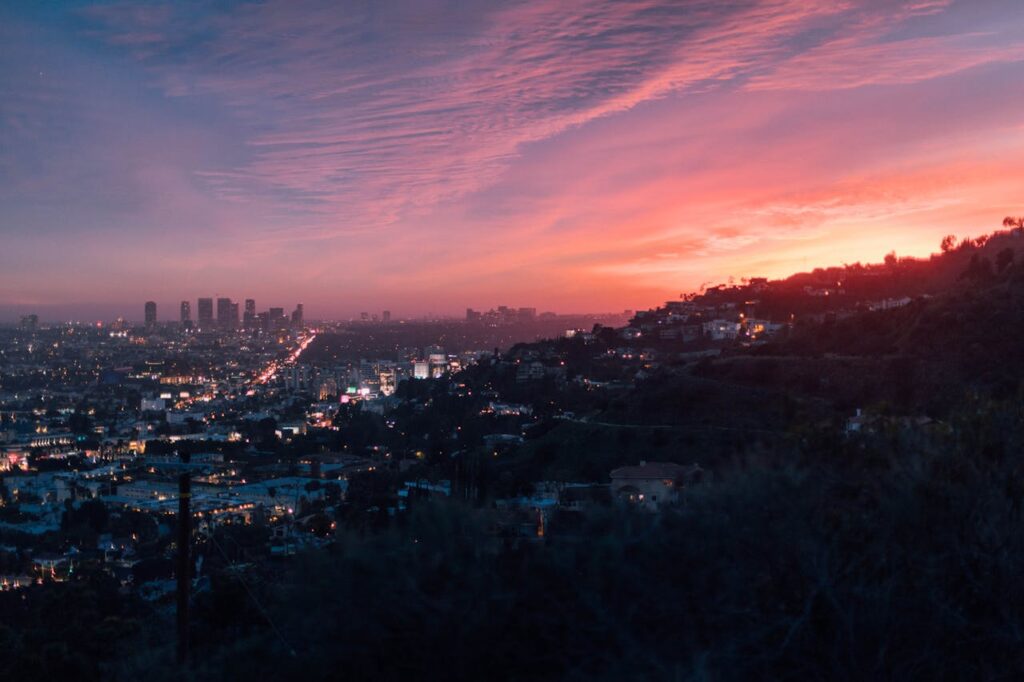
Beneath Los Angeles, progress hums where few expect it. Metro’s expanding network has created a living laboratory for design and storytelling, with guided art and architecture tours revealing the city’s changing rhythm. Visitors see new connector tunnels, restored Union Station passages, and the mosaics that mark cultural crossroads. These tours highlight how a car-centric city quietly reinvented itself, building a transit legacy beneath freeways that once defined its limits.
Seattle
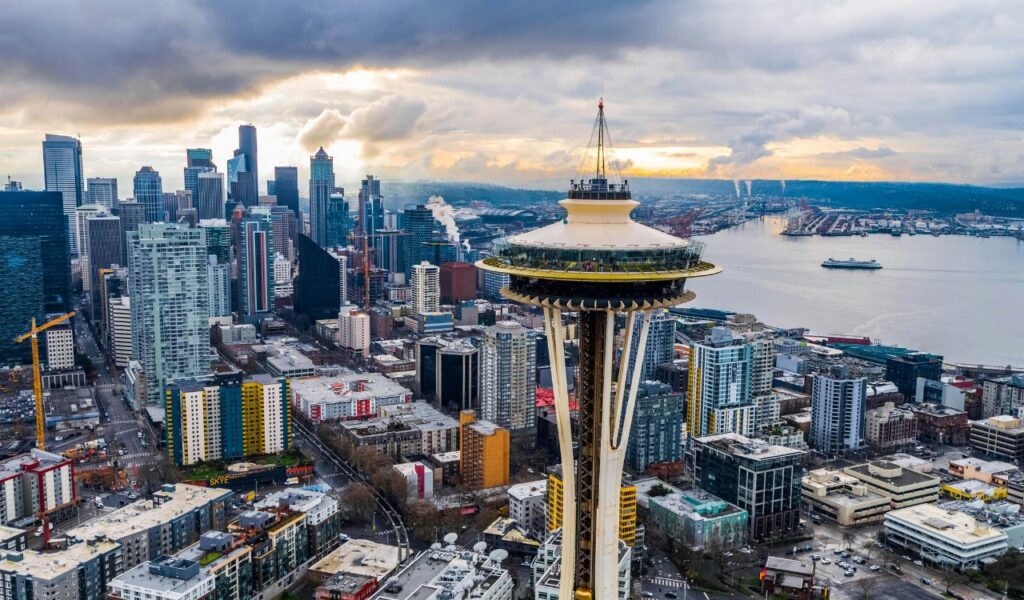
Seattle’s underground tours are a local legend for good reason. After the 1889 fire, the city literally rebuilt on top of itself, leaving storefronts, sidewalks, and tunnels buried below. Guides walk visitors through brick corridors and time-worn beams, weaving humor and history in equal measure. You see how the city’s ambition and mistakes layered into the hills, where plumbing misfires and business resilience shaped a metropolis that had to rise—quite literally—above its past.
Portland, Oregon
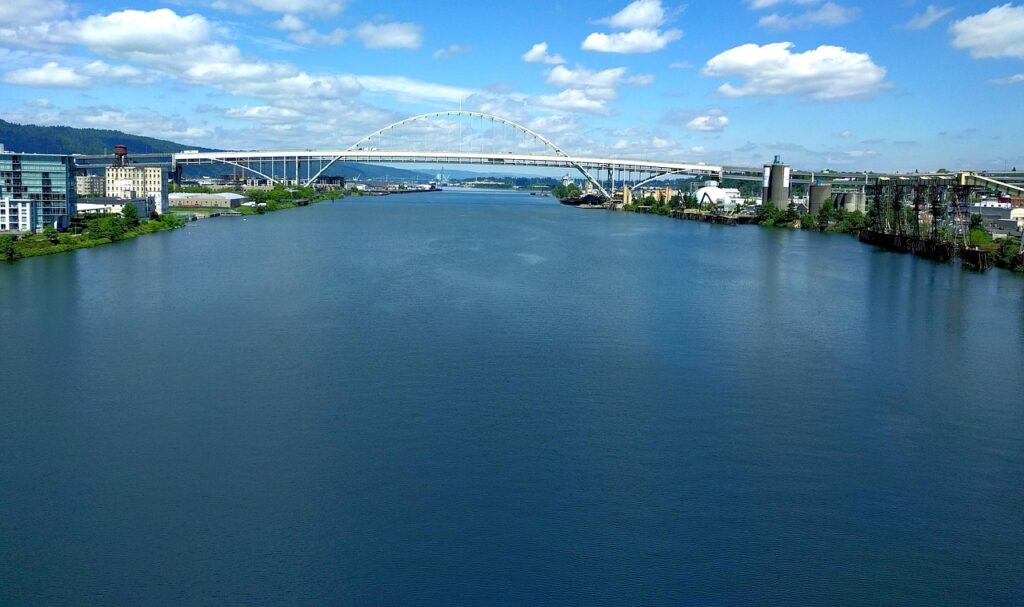
The Shanghai Tunnels beneath Old Town are equal parts myth and memory. Once used to move goods and, allegedly, unwilling sailors, the tunnels now host guided tours that separate rumor from fact. The air is damp, the floors uneven, and the history dense with maritime trade and urban growth. Guides unpack how a working port city managed its shadows, using the tunnels for efficiency, smuggling, and later, storytelling. It’s gritty, fascinating, and quietly sobering.
Pittsburgh
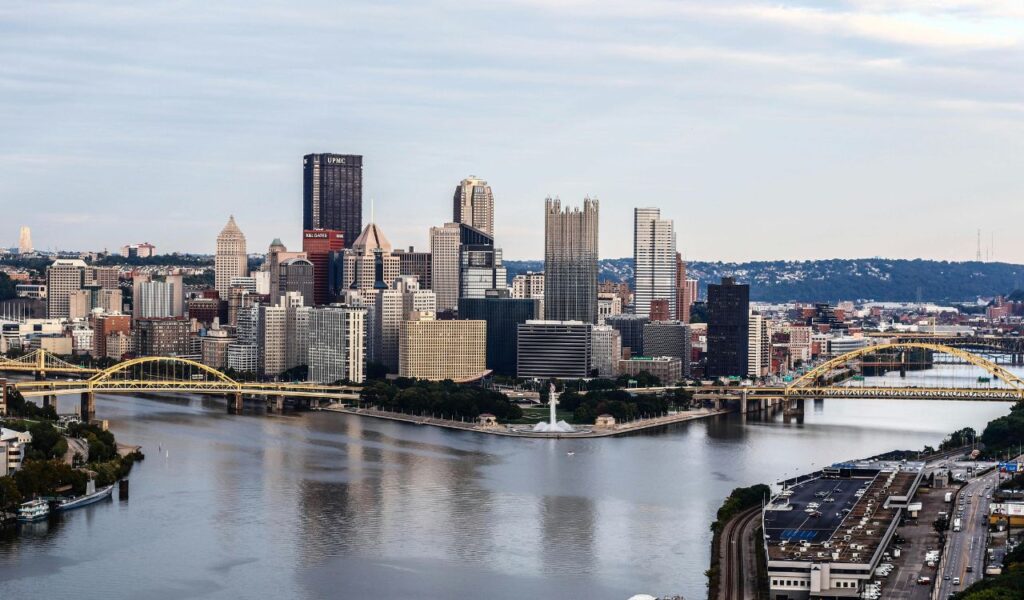
Pittsburgh’s relationship with its underground is shaped by topography. Hills, rivers, and industry demanded tunnels that doubled as lifelines. Modern tours explore abandoned rail cuts, steam corridors, and infrastructure beneath bridges that carried steel, coal, and workers across the city. Engineers and historians narrate how these hidden routes fueled a century of production. The dark spaces feel alive with echoes of furnaces and footfalls, proof that the city’s strength was always built from below.
Other Blog Posts You Might Enjoy
www.idyllicpursuit.com (Article Sourced Website)
#U.S #Cities #Underground #Transit #Tours #Worth #Booking #Author #Kathy #Haan
